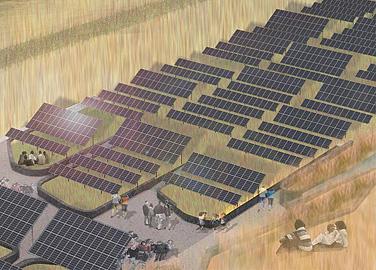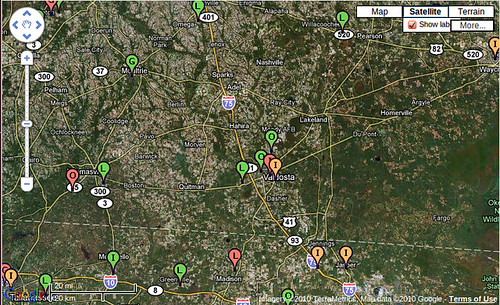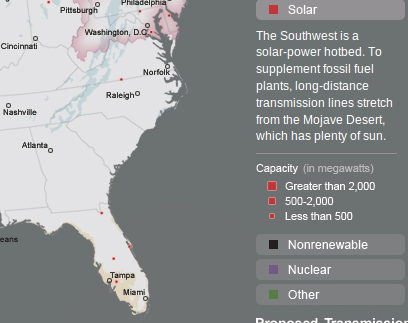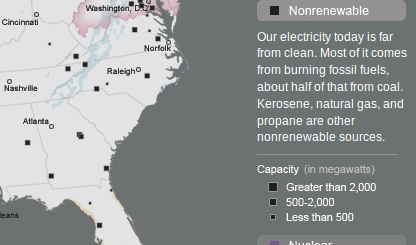 Kara Ramos writes in the VDT that
Z.T. Wilkins of Hahira went solar:
Kara Ramos writes in the VDT that
Z.T. Wilkins of Hahira went solar:
…the 3,600-square-foot home uses electricity to run such operations as fans, electric fences, a four-ton air conditioning unit, and a five-horsepower submersible pump.I’ve met Ron Jackson Sr. of South GA Solar Power LLC, and I’m sure he’d be glad to talk to you, too, about installing solar.Prior to having the solar panels, Wilkins’ monthly electric bill was roughly $350 a month during the summer. Since he has had the system installed, he has seen a decrease of about $250 a month.
Wilkins predicts his monthly bill to decrease substantially during the winter.
For the past three months, Wilkins, wife Janet, and daughter Taylorlyn, 2, have been living more of a green energy lifestyle out of their home.
Deciding he wanted to invest in his daughter’s future, Wilkins made the financial investment to have South GA Solar Power LLC install the solar power system.
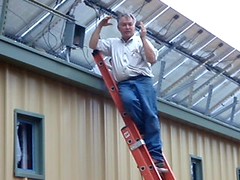 (We used Georgia Solar Power Company
out of Marietta when
we installed our solar panels back in 2009.
There weren’t any local solar companies back then. Now there are.)
(We used Georgia Solar Power Company
out of Marietta when
we installed our solar panels back in 2009.
There weren’t any local solar companies back then. Now there are.)
-jsq

